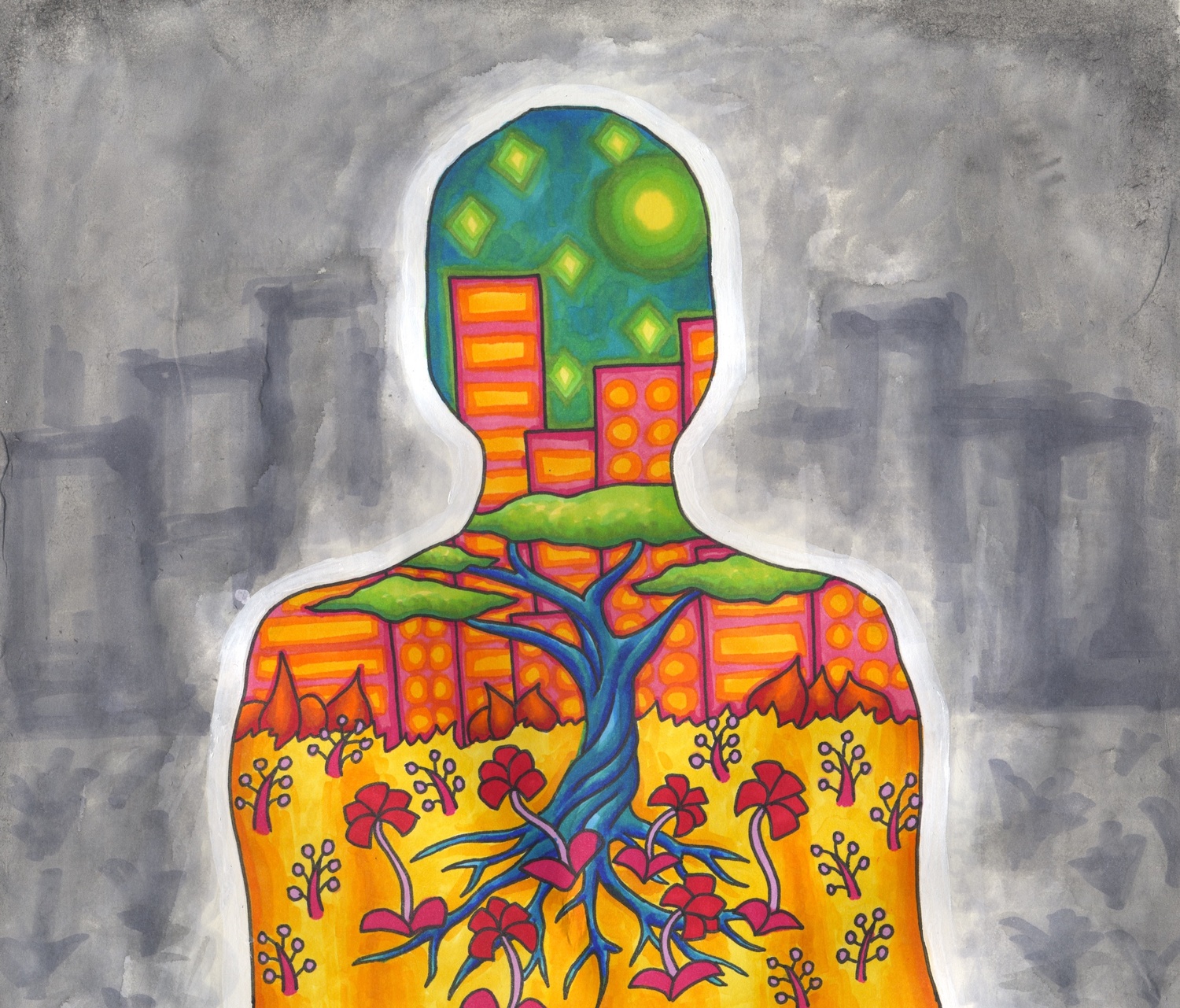
News
Cambridge Residents Slam Council Proposal to Delay Bike Lane Construction

News
‘Gender-Affirming Slay Fest’: Harvard College QSA Hosts Annual Queer Prom

News
‘Not Being Nerds’: Harvard Students Dance to Tinashe at Yardfest

News
Wrongful Death Trial Against CAMHS Employee Over 2015 Student Suicide To Begin Tuesday

News
Cornel West, Harvard Affiliates Call for University to Divest from ‘Israeli Apartheid’ at Rally
On True Illusions
A few years ago, a dress embroiled the Internet in a fierce debate over its true colors. Was it blue and black? Or white and gold? This simple photo made countless people question their grip on reality. It’s disturbing to realize that the colors we see, indisputable in our minds, are different from others’ perceptions — and that they may be blatantly incorrect. We trust our eyesight, above all our other senses, to guide us through the world. But optical illusions like the dress reveal glitches in our vision, suggesting that it’s far less reliable than it seems.
And our vision’s glitches extend beyond optical illusions. It turns out that everyone has a blind spot in the center of their visual field, and that our eyes are only able to fully focus on a patch of space the size of a thumbnail. So why don’t we constantly have tunnel vision, or notice the glaring empty hole in space?
Because our brains compensate really well for our vision’s weak points: They use memories to enhance our peripheral vision so it doesn’t appear blurry, and they fill in our blind spots with educated guesswork about what belongs there. It’s as if our eyes provide rough, incomplete sketches of our surroundings, and our brains are responsible for coloring them in.
Back to the dress: Objectively, it’s blue. But the facts don’t matter — every time I see the dress, its fabric appears unquestionably white. The problem isn’t my eyesight, but rather how my brain interprets what I’m seeing. People like me whose brains (mistakenly) detect a bluish tint in the ambient lighting will “subtract” the blue color from the dress, thus seeing it as white. But others who interpret the lighting correctly will see the dress as blue.
Thus we can’t always trust our vision to be objective. Our brains’ predictions may help us make up for our eyesights’ flaws, but they aren’t always right. And it’s almost impossible to recognize when our brains use incorrect information to color in the rough sketch that our eyes provide. Optical illusions are a fascinating, and often unsettling, reminder that our view of reality is deeply subjective.
And our brains’ ability to seamlessly predict and fill in details isn’t limited to vision. Like our eyesight, our memories feel vivid and authentic, but they’re merely hazy outlines of long-past experiences. When we relive a memory, a lot of psychological guesswork goes into fleshing out the details we’ve forgotten. As a result, we’re vulnerable to false memories, which can be implanted in our minds as long as they seem vaguely credible. And there are real, sobering consequences to this. False memories of assault, implanted in therapy patients, have burdened many individuals with trauma they never experienced, and led to wrongful convictions of innocent people. And this same mechanism fuels biases and stereotypes: It’s easy to make sweeping assumptions about people from small pieces of information, to jump to conclusions that feel indisputable, since our brains blindly trust predictions that may or may not be right. The conflict, hatred, and distrust that often follow are built on flawed foundations.
In order to correct these mistakes, we first have to recognize when we’re wrong. And art is really good at messing with our assumptions about reality, since any work of art is an illusion. As a high school student in art class, I remember learning techniques like perspective drawing, shading, contours, and negative space, which take advantage of the psychology of vision to make art look more believable. But as soon as I learned these techniques, I also learned how to misuse them. By distorting perspective, I could create optical illusions like the Penrose staircase, which impossibly loops back into itself. By tampering with contours and negative space, I could mimic the Rubin vase image, which can be interpreted as either a vase or two faces in profile.
By breaking these rules, artists refuse to fulfill our expectations for reality. Take Pablo Picasso’s paintings, which depict contorted figures with scrambled body parts, or Andy Warhol’s pop art, which replaces natural colors with supersaturated, gaudy hues, or abstract art, which utterly abandons any semblance of the real world. These works of art are fascinating because they defy our brains’ predictions about what the world around us looks like. And by defying our predictions, they force us to realize how much we rely on our brains’ predictive skills in the first place.
Art has the power to challenge not only our visual assumptions and expectations, but also our assumptions and expectations about the people and cultures around us. In a climate defined by fear and misunderstanding — of immigrants and refugees, of rural poverty in America, of the political right or political left, of climate change, of science, of the law — art provides a way to tell stories that call our biases into question. We come to understand people and places distant from ourselves when we encounter their emotions, struggles, and humanity through photojournalism, documentaries, articles, books, or films. Our brains may be vulnerable to stereotypes and eager to jump to conclusions, but art forces us to slow down and rethink our expectations when they don’t match up with what we’re seeing. Recognizing this dissonance is the first step to starting productive conversations about our biases, spreading compassion, and changing the tides of conflict and distrust.
Isabella C. Aslarus ’21, a Crimson Design editor, is a Neuroscience concentrator in Leverett House. Her column appears on alternate Tuesdays.
Want to keep up with breaking news? Subscribe to our email newsletter.

